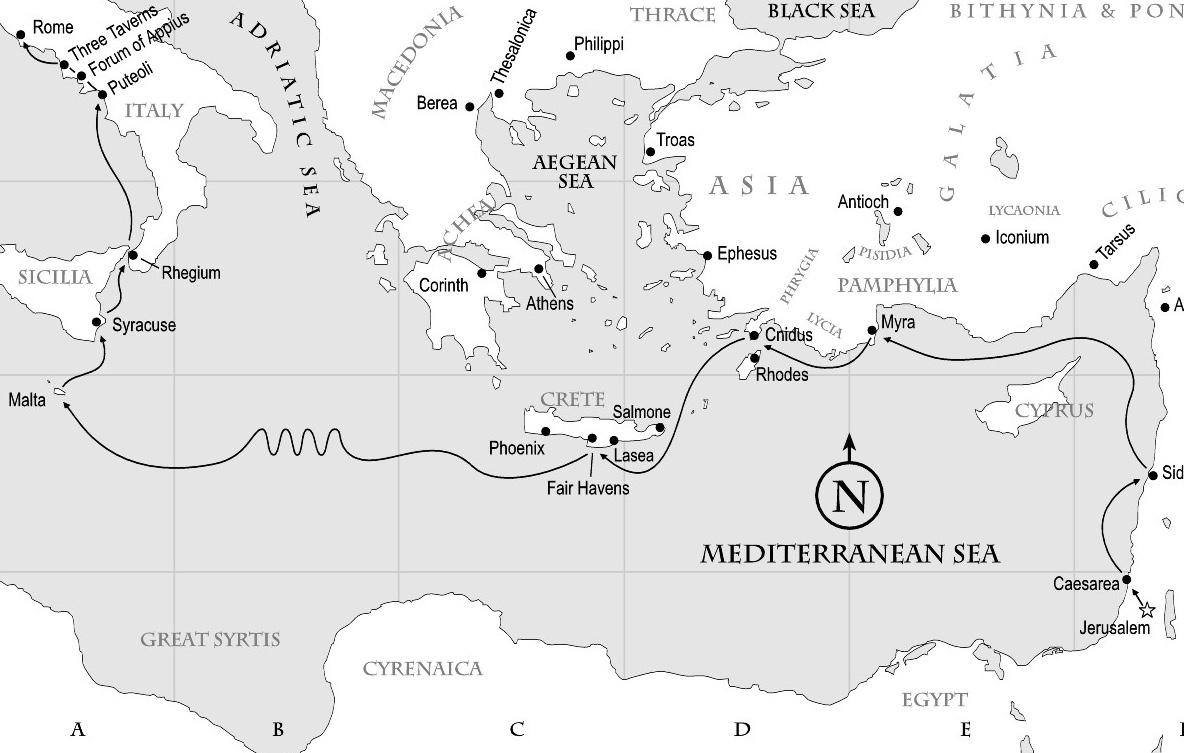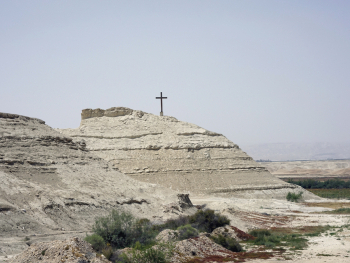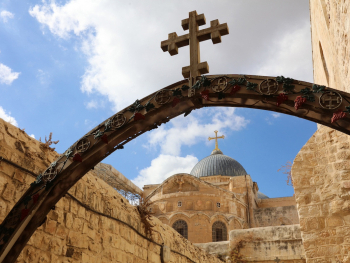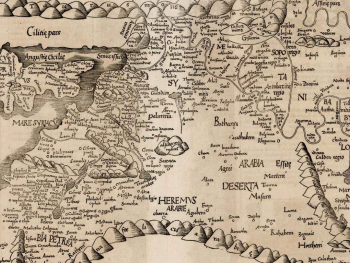The New Testament is filled with accounts of the journeys undertaken by the apostles of Jesus Christ as they spread the message of Christianity throughout the ancient world. These journeys, documented in the books of Acts and the epistles, not only reveal the geographical scope of early Christian evangelism but also offer insights into the cultural, political, and religious landscapes of the time. By mapping out the routes traveled by the apostles, we can trace the expansion of the Christian faith and explore the challenges and triumphs they encountered along the way. Join us as we navigate the New Testament and follow in the footsteps of the apostles on their missionary journeys.
- The Journeys of Paul: Paul, also known as the Apostle to the Gentiles, embarked on several missionary journeys that took him across the eastern Mediterranean region. His first missionary journey, recorded in Acts 13-14, saw him travel from Antioch to Cyprus and then to cities in modern-day Turkey, such as Pisidian Antioch and Lystra. Subsequent journeys took him to Greece, where he preached in cities like Corinth and Athens, and eventually to Rome, where he was martyred for his faith. Mapping out Paul's journeys provides a glimpse into the early expansion of Christianity beyond its Jewish roots.
- The Mission of Peter: Peter, one of the original twelve apostles and a prominent figure in the early Christian community, played a crucial role in spreading the gospel to both Jews and Gentiles. His missionary activities are primarily documented in the book of Acts, where we see him preaching in various cities throughout the eastern Mediterranean. From Jerusalem to Antioch, from Joppa to Caesarea, Peter's journeys reflect the diverse cultural and religious landscape of the ancient world. Mapping out Peter's mission helps us understand the challenges of early Christian evangelism and the dynamics of religious pluralism in the Roman Empire.
- The Evangelism of Philip: Philip, another early disciple of Jesus, is best known for his encounter with the Ethiopian eunuch, as recorded in Acts 8. Following this encounter, Philip traveled to various cities in the region of Samaria, preaching the gospel and performing miracles. Later, he settled in the city of Caesarea, where he continued his ministry and played a pivotal role in the conversion of Gentiles to Christianity. Mapping out Philip's evangelistic activities sheds light on the early spread of Christianity beyond the borders of Judea and Samaria.
- The Journeys of John: While John is primarily known as the author of the Gospel of John and the Book of Revelation, he also played a role in the early Christian movement. According to tradition, John traveled to various cities in Asia Minor, including Ephesus, where he established a community of believers and wrote his epistles. Mapping out John's journeys offers insights into the vibrant and diverse Christian communities that emerged in the eastern Mediterranean region during the first century.
Mapping the journeys of the apostles provides a geographical framework for understanding the spread of Christianity in the ancient world. From the bustling cities of the Roman Empire to the remote regions of Asia Minor, these journeys reflect the dynamic nature of early Christian evangelism and the diverse cultural contexts in which it took place. By tracing the footsteps of the apostles, we gain a deeper appreciation for the challenges they faced and the enduring legacy of their missionary endeavors.






